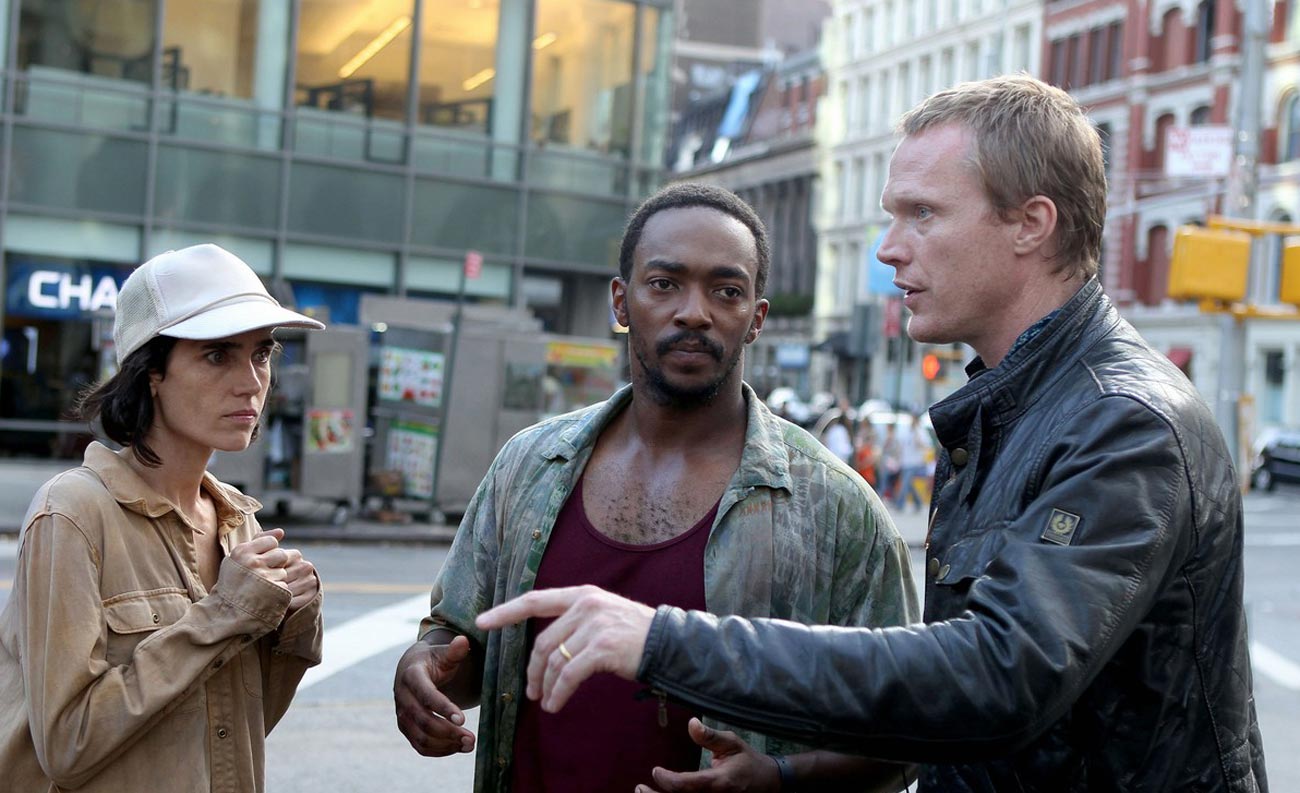Coming of age stories are plentiful, with the inner city genre of the ‘90s, films like “Menace II Society” and “Boyz N the Hood” thrust the urban Black male narrative onto the big screen. This era of filmmaking also ushered in some Black female narratives, stories like “Just Another Girl On The I.R.T” and “Eve’s Bayou” and more recently, Dee Rees’ “Pariah” also made waves in the cinema landscape. However, Barry Jenkins' “Moonlight” is once in a lifetime. Based on Tarell Alvin McCraney’s stunning play, “In Moonlight Black Boys Look Blue,” the film is a riveting masterpiece on Black queer identity, hyper-masculinity, and compassion. It’s a film that speaks more loudly in its silences than the most overpacked and overblown action films.
Recently, I sat down with Barry Jenkins, Tarell Alvin McCraney and the film’s stars Trevante Rhodes and André Holland. We spoke about the filmmaking process, Black male intimacy and what they want the film to say.
You can read Shadow and Act’s review on “Moonlight” here.
Why was it so important to get this narrative out?
Barry Jenkins: When I read “In Moonlight Black Boys Look Blue,” I just fell in love with the characters and the story. What Tarell did, which was shocking to me at first, was he took this world, this neighborhood where we grew up, and he just put it up there. I had never experienced anyone who had done that for this specific place. I was just struck at how brave it was to do some of those things; especially with some of the specific characters.
Tarell, why did you write this piece in the first place?
Tarell Alvin McCraney: It’s difficult to narrow down why I wrote it in a way that feels generous to the process of it. It was really self-serving. There was no real representation of myself to see, and to purge ideas on and to look at for models of. I was trying to figure out my manhood, my childhood, and my personhood. I was the son of a crack-addict who had just died from AIDS-related complications, but at the same time, I was on the precipice of a life-changing moment. I wasn’t very intimate. I had never had an intimate relationship by then, and I couldn’t quite figure out what was happening, why these cycles were happening in my life; why I was still kind of reticent even though I was in performing arts. I was very shy. I didn’t go out to clubs, I was twenty-two years old, and I still wasn’t going to keggers. But, I really wanted to look at the circumstances that made my life and then try to figure out what I would have been like if I’d turned left instead of right. What would have happened if I decided to take that next move in that other direction, what would life look like? Again, that was the impotence for it, but I didn’t know even what I was chasing, I just wanted to put those thoughts down. So, I took the stories and actual happenings of me; being taught to ride a bike by a drug dealer, being taught to swim, being nourished and talked to and treating like a human being by this person. And then, the aspects of growing up with an increasingly addicted mother and being in a neighborhood surrounded by people who felt the need to ostracize and bully; but bully is not even a word; it should really be called terrorizing. There was sometimes imminent danger for people that were different, and I wanted to understand what it was about my interactions that made me the recalcitrant person that I could be. I never expected it to be a play. I never expected it to be anything except for memories put down in a very visual way. I didn’t know that it had a visual life and that the stage would support it, but then I actually wrote plays and I thought, “This is for the stage. “
How much is the script is autobiographical, Tarell?
TAM: I would say about two-thirds.
BJ: There are moments in this film that are autobiographical for Tarrell, and there are less, but there are also moments that are autobiographical for me. What I love is that when you watch the film, you can’t even tell. André and Trevante, the film is so intersectional in terms of race, sexuality, and socio-economics. How do you prepare for your roles?
André Holland: For me, it was making sure that I understood what the place was. So I went down to Miami a couple of weeks early and spent some time in the housing projects that the story largely takes place in. I just tried to figure out the accent, tried to figure out how these people dress. I listened to a lot of music. Also, Tarell’s plays which I’ve read and worked on, a lot of them deal with the same sort of issues of identity, community, sexuality, and masculinity. So, being really familiar with his plays helped me to prepare a lot. I also have my “actor process.” I ask myself a lot of questions, and then I try to find answers to those questions. Going into this film the big thing for me was shame and guilt. I felt like those things were really driving Kevin. That moment in the middle chapter when he hurts Chiron, I think he’s been living with the guilt of that for a long, long time. I think when he shows up again, he’s trying to get to the bottom of that. It’s “Is there a way for us to fix that? It’s “Are you OK?” It’s “Can you come out and join me in a more peaceful authentic place?”
Regarding the space that is Liberty City, Miami in the 1980s, what work did you have to do to recreate that space and feeling?
BJ: No work. I don’t like to talk about time stamps; 1987 or 1989 or things like that. But that place feels to me, largely the same as it did when I grew up. It’s part of the permanence of whatever is the spiritual and cultural gumbo that’s in the air. To be honest, when I read the script that’s what it was. I thought, “This feels like my childhood, but it also feels like now.” It felt like a very contemporary story or how stories are rooted in our past. So we didn’t have to do a lot to augment Liberty City to make it feel like the place where we grew up. It literally is the place where we grew up, and it hasn’t changed a ton. People who have watched the film talk about the imagery, but I didn’t do much. The walls are painted that color, and they have been since I was a kid. One of the things that I’m really proud of in response to the film is the idea of it being timeless despite the fact that the character is aging, so obviously time is passing. I think that what he’s going through because it represents so much of what we all go through creates a sense of timelessness.
Continue reading at Shadow and Act.
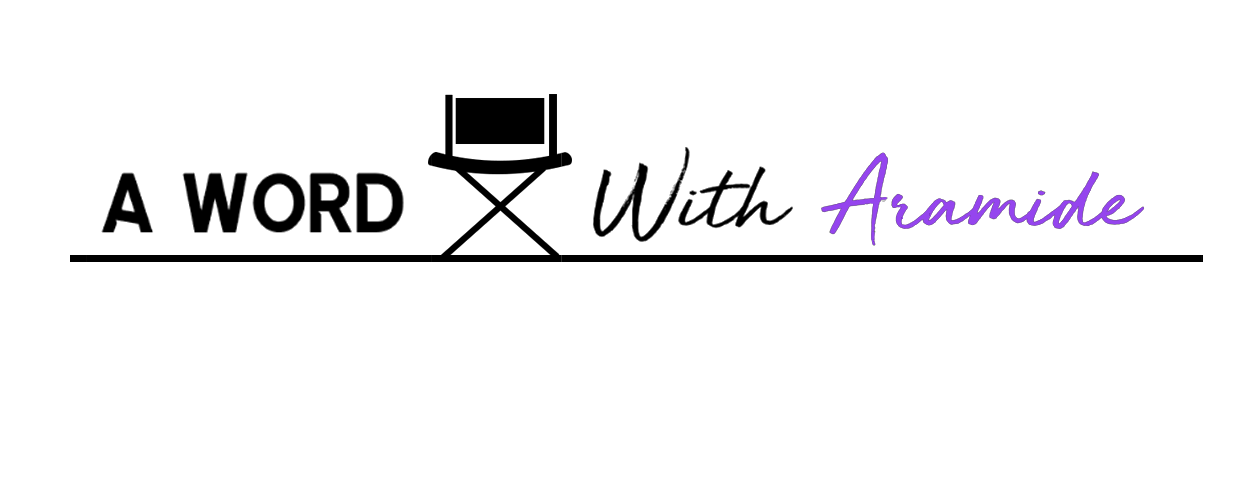


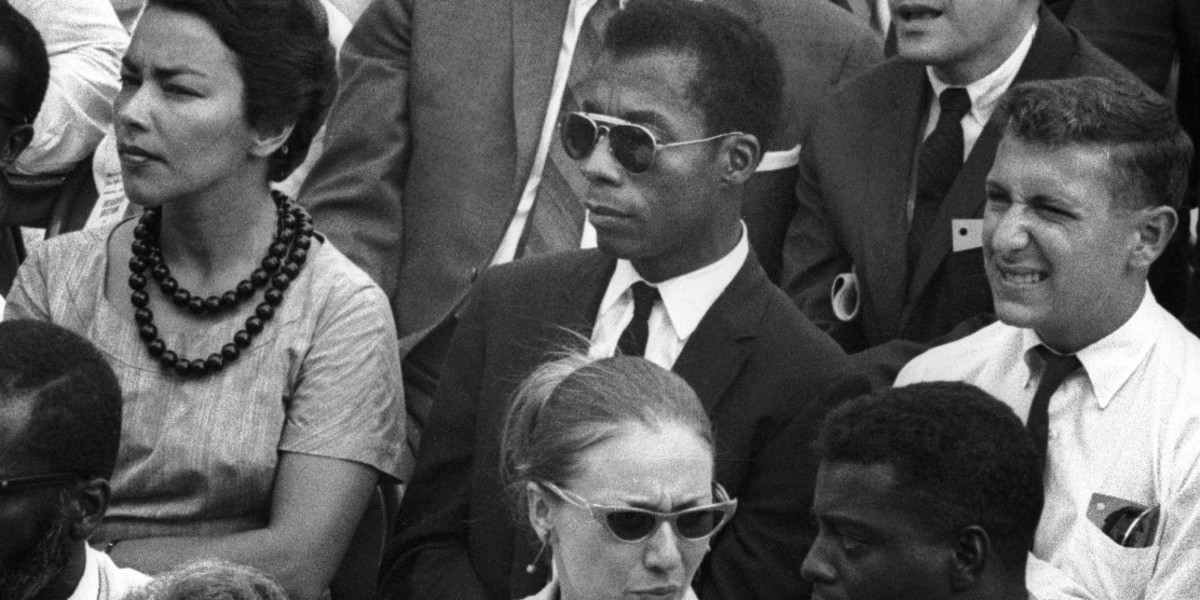 We exist in a world of cycles. Perhaps nowhere else in society are these cycles as prevalent as they are in the entertainment industry. When I grew up in the ‘90s, there were a plethora of black faces on the big and small screens. From Will Smith’s “Fresh Prince” to “Living Single” (aka the original “Sex and the City”), I could turn to any network television station to see myself, or the people closest to me, represented in some way on screen.
We exist in a world of cycles. Perhaps nowhere else in society are these cycles as prevalent as they are in the entertainment industry. When I grew up in the ‘90s, there were a plethora of black faces on the big and small screens. From Will Smith’s “Fresh Prince” to “Living Single” (aka the original “Sex and the City”), I could turn to any network television station to see myself, or the people closest to me, represented in some way on screen. Before the formation of Black Lives Matter, there was constant talk about my “lost generation” from those who came before us. According to them, millennials were lazy and self-centered since we’d never had to work for anything. We didn’t know what it meant to protest and to stand up for our Civil Rights since that moment was well before our time. I suppose no one could have foreseen how police brutality and the advent of social media would collide, exploding and rippling throughout the country. It never seemed puzzling to me; after all, young people have always been at the forefront of change across the globe. Youth provides the stamina to tuck in and stick with a cause for the long haul.
Before the formation of Black Lives Matter, there was constant talk about my “lost generation” from those who came before us. According to them, millennials were lazy and self-centered since we’d never had to work for anything. We didn’t know what it meant to protest and to stand up for our Civil Rights since that moment was well before our time. I suppose no one could have foreseen how police brutality and the advent of social media would collide, exploding and rippling throughout the country. It never seemed puzzling to me; after all, young people have always been at the forefront of change across the globe. Youth provides the stamina to tuck in and stick with a cause for the long haul.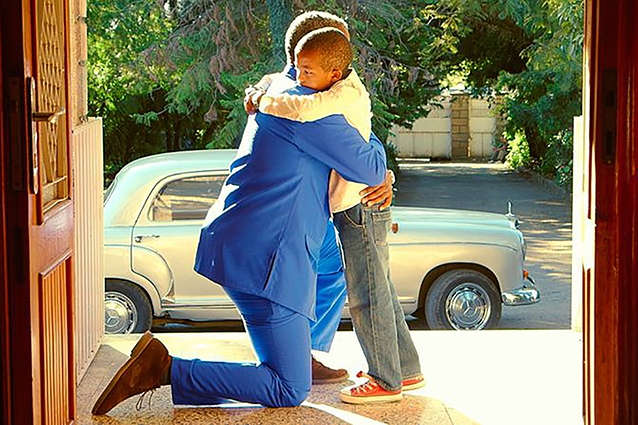 Feature narratives coming out of Ethiopia are exceedingly rare; stories about love and finding one’s place in the world are even more exceptional. Ethiopian American filmmaker Messay Getahun’s beautifully shot “Lambadina (Night Light)” which chronicles a young man’s journey from Addis Ababa, Ethiopia to Los Angeles, California changes all of that. Westerns have often had the privilege of ignoring war or forgetting altogether just how deeply war and political unrest can devastate and uproot entire families. Told in both Amharic and English, “Lambadina” tells the story of 9-year old Joseph, who is torn away from his father, and reluctantly taken in by an affluent family to live as an errand boy. In a twist that pays reverence to the eternal tale of Romeo & Juliet, Joseph falls in love with the family’s only daughter, Ruth.
Feature narratives coming out of Ethiopia are exceedingly rare; stories about love and finding one’s place in the world are even more exceptional. Ethiopian American filmmaker Messay Getahun’s beautifully shot “Lambadina (Night Light)” which chronicles a young man’s journey from Addis Ababa, Ethiopia to Los Angeles, California changes all of that. Westerns have often had the privilege of ignoring war or forgetting altogether just how deeply war and political unrest can devastate and uproot entire families. Told in both Amharic and English, “Lambadina” tells the story of 9-year old Joseph, who is torn away from his father, and reluctantly taken in by an affluent family to live as an errand boy. In a twist that pays reverence to the eternal tale of Romeo & Juliet, Joseph falls in love with the family’s only daughter, Ruth.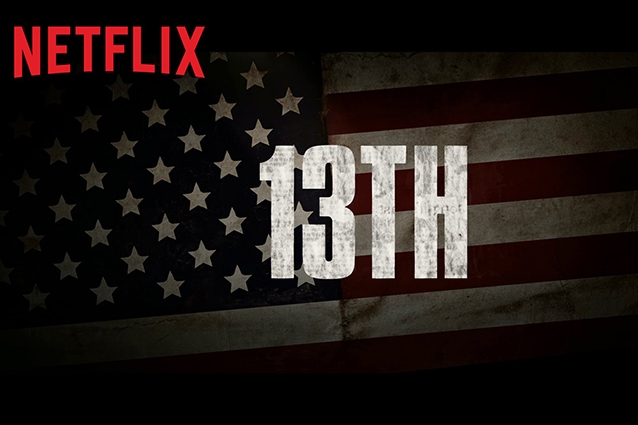 Growing up, prison seemed like an abstract concept to me, one reserved for “Law & Order” episodes and select family members who would be absent every other Christmas or Thanksgiving holiday. It wasn’t until I arrived in college in a class on Black Urban Studies, that I was educated about the mass incarceration that occurs in this country. I watched the 1998 documentary “The Farm: Angola, USA,” and read Michelle Alexander’s “The New Jim Crow: Mass Incarceration in the Age of Colorblindness.” It was through these two mediums that the system of dehumanization and oppression was revealed to me. I distinctly remember feeling horrified that the prisoners of Angola were required to pick cotton as a part of their daily tasks. Slavery was, after all, long ago abolished. However, I soon learned and continued to learn that nothing ever really goes away; it’s merely reinvented into a more easily digestible package ripe for public consumption.
Growing up, prison seemed like an abstract concept to me, one reserved for “Law & Order” episodes and select family members who would be absent every other Christmas or Thanksgiving holiday. It wasn’t until I arrived in college in a class on Black Urban Studies, that I was educated about the mass incarceration that occurs in this country. I watched the 1998 documentary “The Farm: Angola, USA,” and read Michelle Alexander’s “The New Jim Crow: Mass Incarceration in the Age of Colorblindness.” It was through these two mediums that the system of dehumanization and oppression was revealed to me. I distinctly remember feeling horrified that the prisoners of Angola were required to pick cotton as a part of their daily tasks. Slavery was, after all, long ago abolished. However, I soon learned and continued to learn that nothing ever really goes away; it’s merely reinvented into a more easily digestible package ripe for public consumption.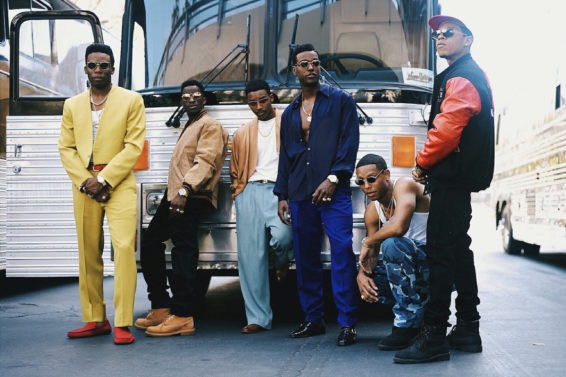
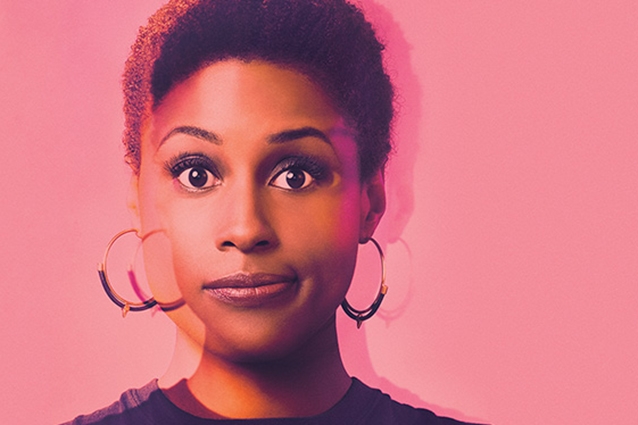 Some weeks ago, I logged into Facebook and became enraptured by a status an old college friend had recently posted. It read, “I trust Black women more than any other group of people.” Initially, I thought nothing of it, since it also rang true for me, but as I scrolled through the comments under the post, it was clear that my brown skin girlfriend had hit a nerve.
Some weeks ago, I logged into Facebook and became enraptured by a status an old college friend had recently posted. It read, “I trust Black women more than any other group of people.” Initially, I thought nothing of it, since it also rang true for me, but as I scrolled through the comments under the post, it was clear that my brown skin girlfriend had hit a nerve.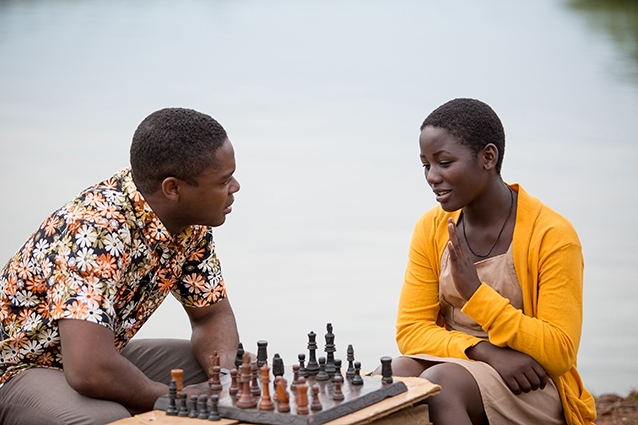 Some of the most ignored stories in the film industry are those of women and girls of the African Diaspora. Though we go through cycles where Hollywood pushes out a plethora of stories about people of color for a set amount of time, films like “Eve’s Bayou”, “Pariah”, and “Beasts of the Southern Wild” are far and few in between. This year, Disney has sought to go against the grain to bring to us the story of 20-year-old Ugandan master chess player, Phiona Mutesi, in Mira Nair’s “Queen of Katwe”. A rarity for a mainstream Hollywood film, “Queen of Katwe” has an all-Black cast and (most importantly) not a white savior in sight.
Some of the most ignored stories in the film industry are those of women and girls of the African Diaspora. Though we go through cycles where Hollywood pushes out a plethora of stories about people of color for a set amount of time, films like “Eve’s Bayou”, “Pariah”, and “Beasts of the Southern Wild” are far and few in between. This year, Disney has sought to go against the grain to bring to us the story of 20-year-old Ugandan master chess player, Phiona Mutesi, in Mira Nair’s “Queen of Katwe”. A rarity for a mainstream Hollywood film, “Queen of Katwe” has an all-Black cast and (most importantly) not a white savior in sight.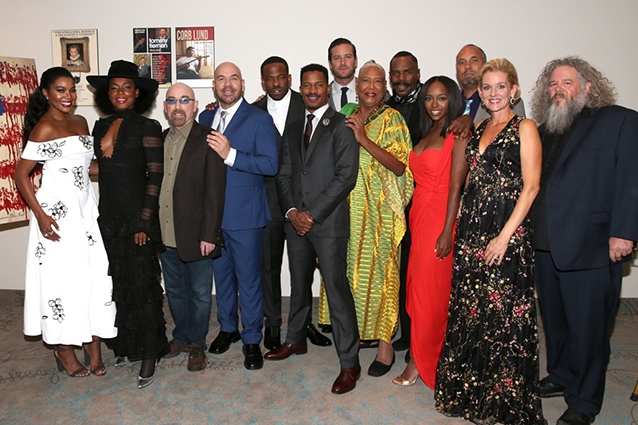 When I was asked to attend the screening and press junket for Nate Parker’s “The Birth Of A Nation” at the Toronto International Film Festival, I was hesitant. A film which I had been so looking forward to seeing for the better part of a year, suddenly made my stomach turn. The thought of putting my ideas and opinions on the project and filmmaker out for the world to see was daunting. The details surrounding filmmaker and actor Nate Parker’s rape trial in 1999, as well as his callous remarks in the past months regarding that time, were and are unsettling.
When I was asked to attend the screening and press junket for Nate Parker’s “The Birth Of A Nation” at the Toronto International Film Festival, I was hesitant. A film which I had been so looking forward to seeing for the better part of a year, suddenly made my stomach turn. The thought of putting my ideas and opinions on the project and filmmaker out for the world to see was daunting. The details surrounding filmmaker and actor Nate Parker’s rape trial in 1999, as well as his callous remarks in the past months regarding that time, were and are unsettling. On July 12, 1991, John Singleton’s “Boyz N the Hood” came roaring into theaters. The Black community was feeling the residual effects of the ‘80s crack epidemic. George H.W. Bush was in the White House, and the Los Angeles community was still reeling from the brutal beating of Rodney King by the LAPD four months prior.
On July 12, 1991, John Singleton’s “Boyz N the Hood” came roaring into theaters. The Black community was feeling the residual effects of the ‘80s crack epidemic. George H.W. Bush was in the White House, and the Los Angeles community was still reeling from the brutal beating of Rodney King by the LAPD four months prior.
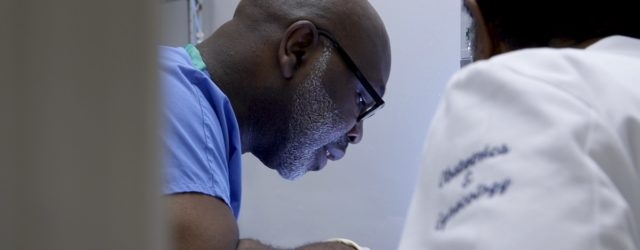 There is one abortion clinic left in the state of Mississippi, and there are three in the state of Alabama. Since 2010, in a flurry of backlash aimed at the Obama Administration, state governments particularly in the South, have passed a series of restrictive laws attacking women’s health rights and access to abortions. These TRAP laws, or Targeted Regulations of Abortion Providers, are spreading rapidly across the United States, primarily affecting impoverished women and women of color.
There is one abortion clinic left in the state of Mississippi, and there are three in the state of Alabama. Since 2010, in a flurry of backlash aimed at the Obama Administration, state governments particularly in the South, have passed a series of restrictive laws attacking women’s health rights and access to abortions. These TRAP laws, or Targeted Regulations of Abortion Providers, are spreading rapidly across the United States, primarily affecting impoverished women and women of color.
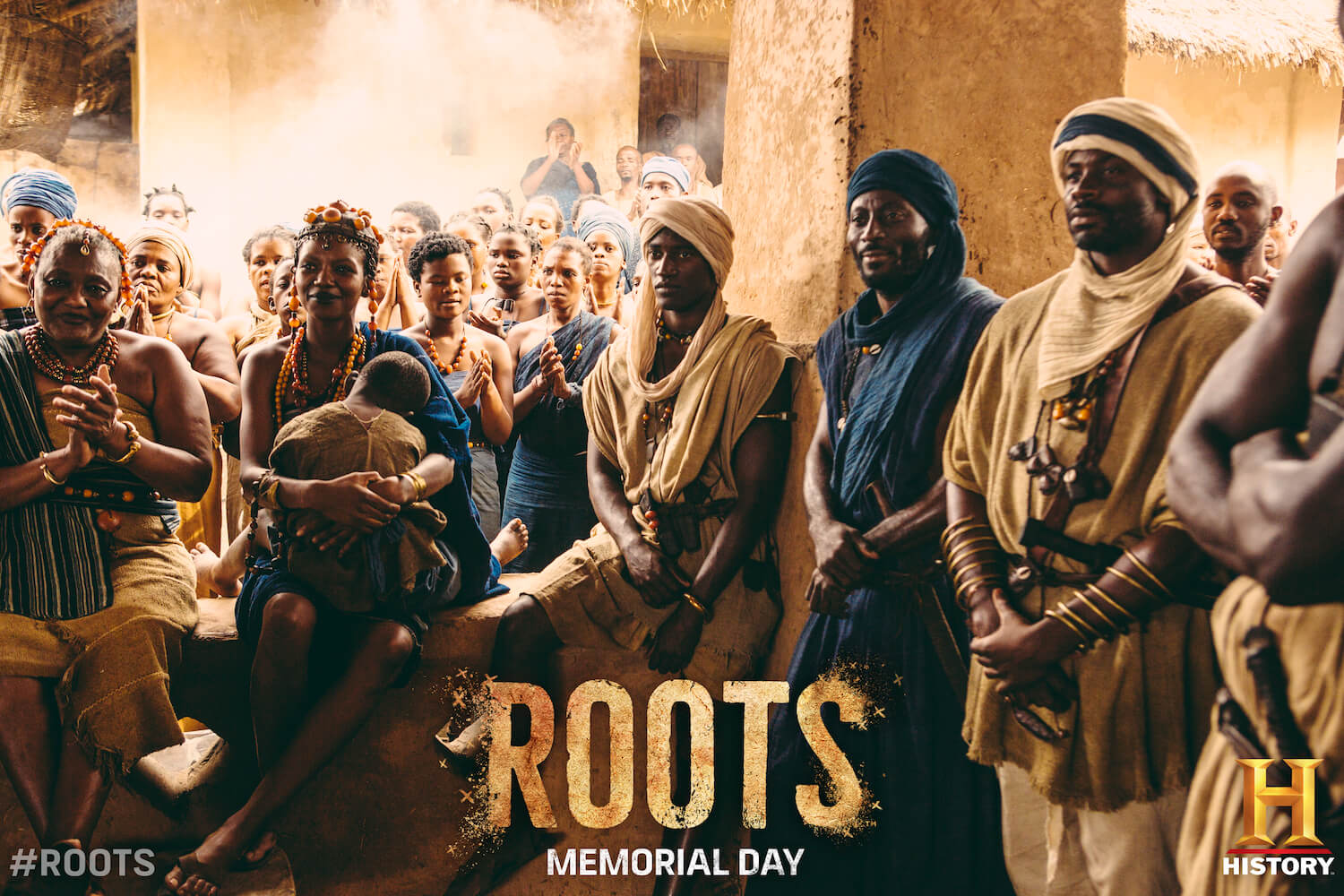 Forty-years ago Alex Haley’s “Roots” was presented on the small screen and captivated a nation. The immensely popular and moving story garnered 80 million viewers a night when it first aired in January of 1977. That year it was nominated for thirty-five Emmys. Therefore, when I first heard that “Roots” was being rebooted, I rolled my eyes. We are at a point when we are constantly being beaten down by the same stories playing in an endless loop over and over again. And yet, from the moment the thriving beauty of Juffure, Gambia was revealed in 2016’s “Roots”, I knew this would be something worthwhile.
Forty-years ago Alex Haley’s “Roots” was presented on the small screen and captivated a nation. The immensely popular and moving story garnered 80 million viewers a night when it first aired in January of 1977. That year it was nominated for thirty-five Emmys. Therefore, when I first heard that “Roots” was being rebooted, I rolled my eyes. We are at a point when we are constantly being beaten down by the same stories playing in an endless loop over and over again. And yet, from the moment the thriving beauty of Juffure, Gambia was revealed in 2016’s “Roots”, I knew this would be something worthwhile.
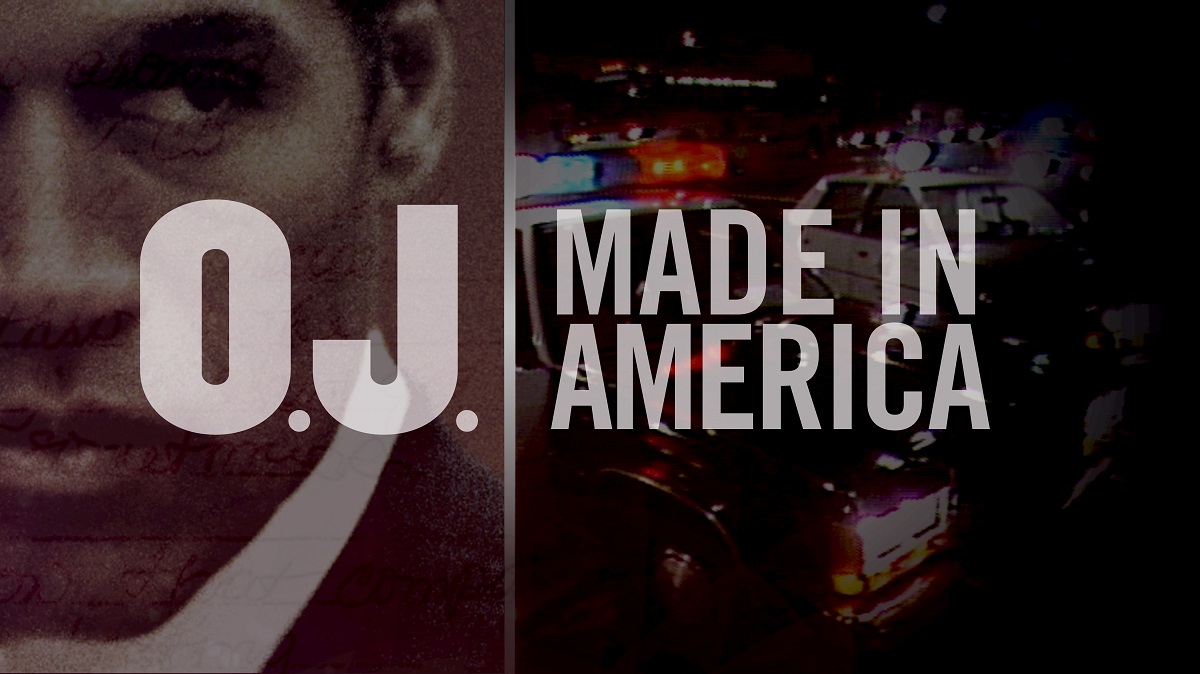 The year Orenthal James Simpson was acquitted of murdering his ex-wife Nicole Brown Simpson, and her friend Ron Goldman, I was entering Kindergarten. I vaguely remember the hoopla surrounding the trial, sitting on my father’s knee while he discussed it with his friends, or hovering around my mother and my aunts; my ears listening intently to “grown folks business”. The things that I heard at that time, I didn’t really grasp. As I grew older, especially as Simpson’s behavior became more publicly erratic leading up to his 2007 arrest and conviction, I formed my own opinions about the fallen man who in my eyes, was so obviously guilty of the heinous crimes. And yet for one moment in our country’s history, Simpson’s privilege without regard to his skin color let him slip through the system.
The year Orenthal James Simpson was acquitted of murdering his ex-wife Nicole Brown Simpson, and her friend Ron Goldman, I was entering Kindergarten. I vaguely remember the hoopla surrounding the trial, sitting on my father’s knee while he discussed it with his friends, or hovering around my mother and my aunts; my ears listening intently to “grown folks business”. The things that I heard at that time, I didn’t really grasp. As I grew older, especially as Simpson’s behavior became more publicly erratic leading up to his 2007 arrest and conviction, I formed my own opinions about the fallen man who in my eyes, was so obviously guilty of the heinous crimes. And yet for one moment in our country’s history, Simpson’s privilege without regard to his skin color let him slip through the system.
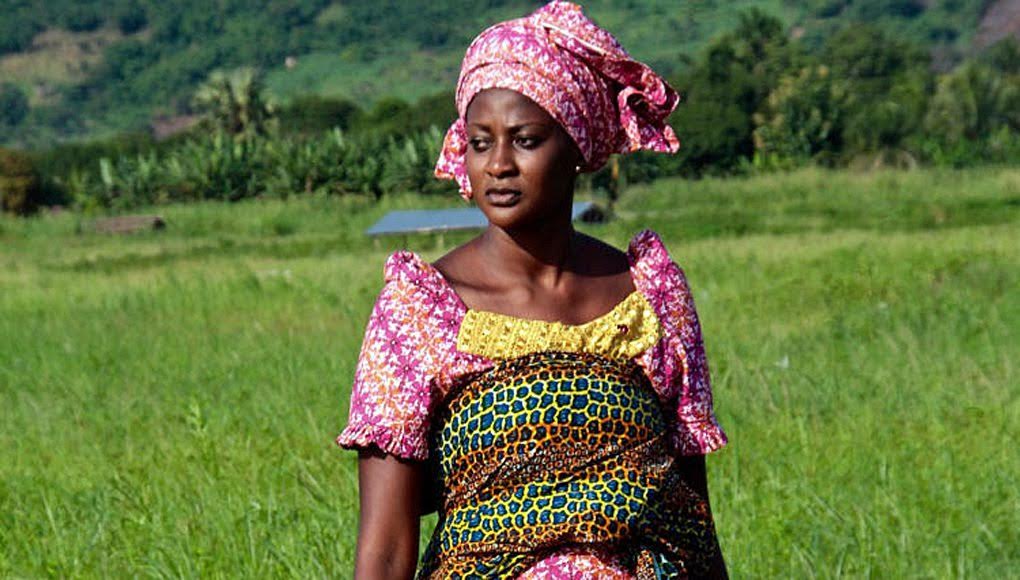 As a Black woman, who is currently child free, motherhood seems like a foreign concept to me. The thought of putting someone else’s needs and desires above my own is an alarming idea, one I’m uncertain I’ll ever be prepared for. What I do know about motherhood is what I’ve learned from my own mother. You simply have to give; openly, freely, and without question.
As a Black woman, who is currently child free, motherhood seems like a foreign concept to me. The thought of putting someone else’s needs and desires above my own is an alarming idea, one I’m uncertain I’ll ever be prepared for. What I do know about motherhood is what I’ve learned from my own mother. You simply have to give; openly, freely, and without question.
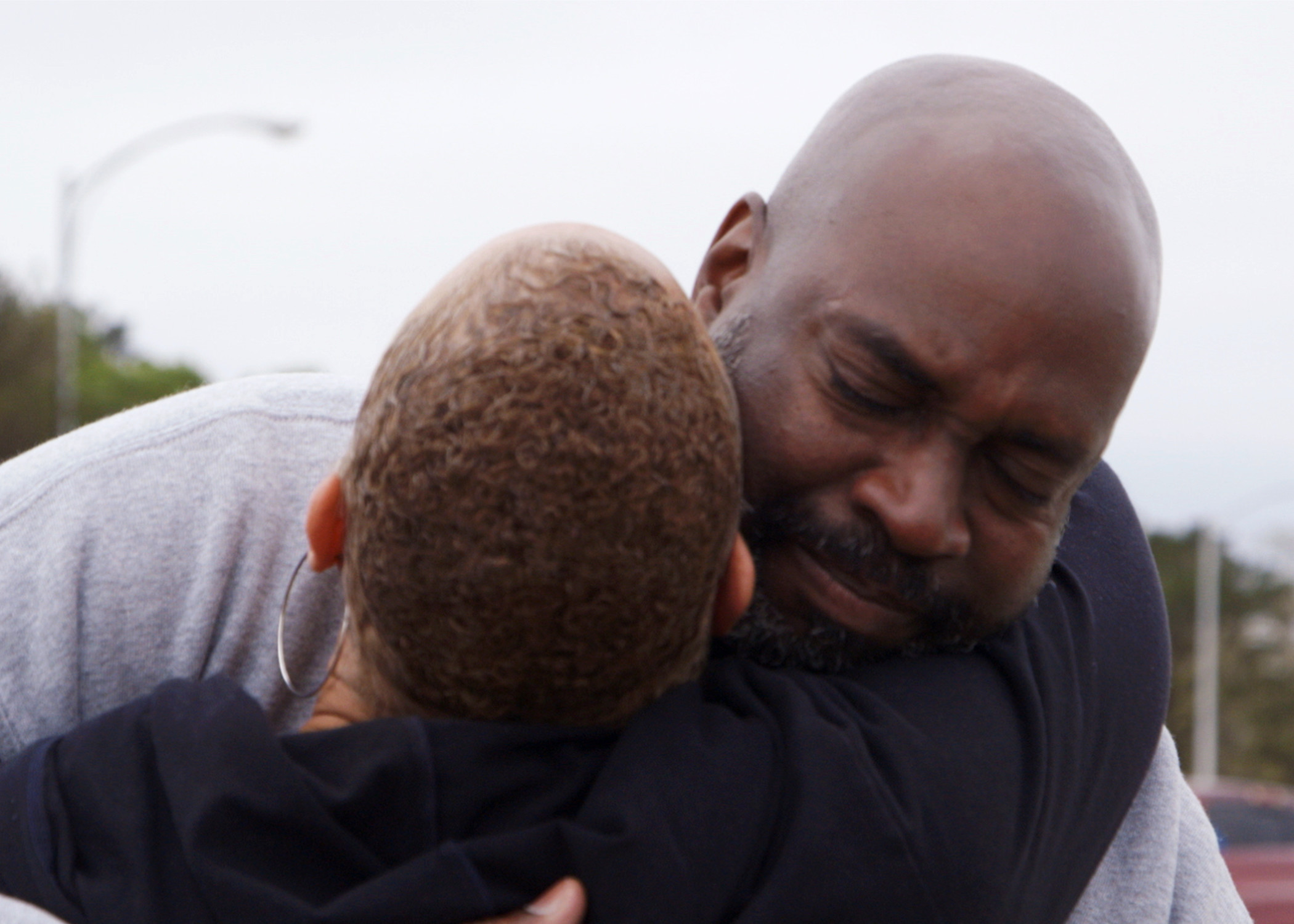 Our society likes to paint a certain picture of the incarcerated. They are likened to monstrous beasts that we are forced to lock up in cages. We’re told that they’re dangerous and irredeemable, not worthy of walking the streets among us. However, as those whose lives have been cruelly interrupted by the criminal justice system know, that could not be further from the truth. These men and women are our mothers, fathers, sisters and brothers. Our journeys have taken different paths, but sometimes those paths wind up merging once again.
Our society likes to paint a certain picture of the incarcerated. They are likened to monstrous beasts that we are forced to lock up in cages. We’re told that they’re dangerous and irredeemable, not worthy of walking the streets among us. However, as those whose lives have been cruelly interrupted by the criminal justice system know, that could not be further from the truth. These men and women are our mothers, fathers, sisters and brothers. Our journeys have taken different paths, but sometimes those paths wind up merging once again.
 I grew up in a two-religion household. Whether I was reading, cooking, or playing with my sister, my father’s prayers to Allah were often heard in the background. I can see him now; his freshly washed feet stepping gracefully on his prayer mat, his body folding deeply as his forehead touched the ground. The ritual of it all, his hands open, palms faced up, and his voice murmuring Arabic was always soothing to me. However, on Sundays, my mother dressed my sister and I up in lacy socks and velvety dresses, and the three of us drove across town to worship at a small Black Catholic church on the West Side of Chicago. This was the same church she’d attended as a girl. I can recall the scripture moving me sometimes, but it was always the songs that I looked forward to the most. By the time I hit puberty, we’d pretty much stopped attending church altogether, but my father’s faith remained a constant for him. As an adult, I’ve gone several times to one of the bigger churches in Harlem, but my attendance certainly hasn’t been regular. I’m not sure what it would take for me to return full-time.
I grew up in a two-religion household. Whether I was reading, cooking, or playing with my sister, my father’s prayers to Allah were often heard in the background. I can see him now; his freshly washed feet stepping gracefully on his prayer mat, his body folding deeply as his forehead touched the ground. The ritual of it all, his hands open, palms faced up, and his voice murmuring Arabic was always soothing to me. However, on Sundays, my mother dressed my sister and I up in lacy socks and velvety dresses, and the three of us drove across town to worship at a small Black Catholic church on the West Side of Chicago. This was the same church she’d attended as a girl. I can recall the scripture moving me sometimes, but it was always the songs that I looked forward to the most. By the time I hit puberty, we’d pretty much stopped attending church altogether, but my father’s faith remained a constant for him. As an adult, I’ve gone several times to one of the bigger churches in Harlem, but my attendance certainly hasn’t been regular. I’m not sure what it would take for me to return full-time.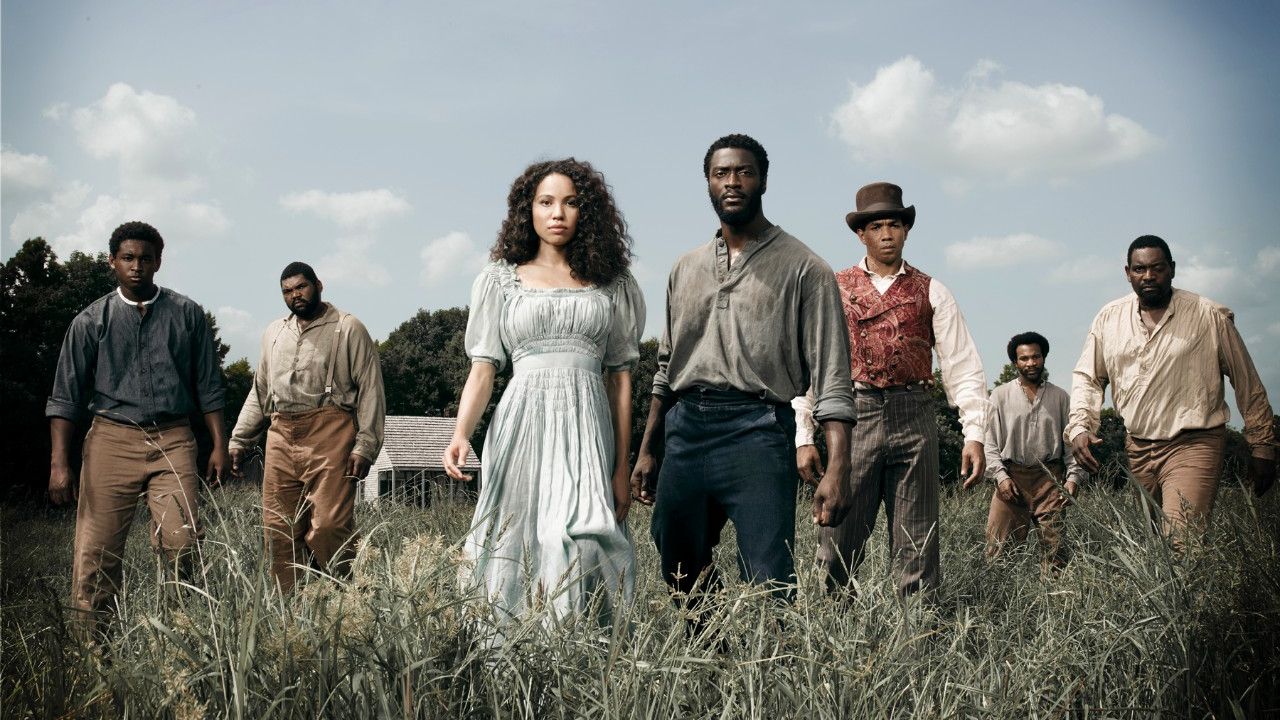
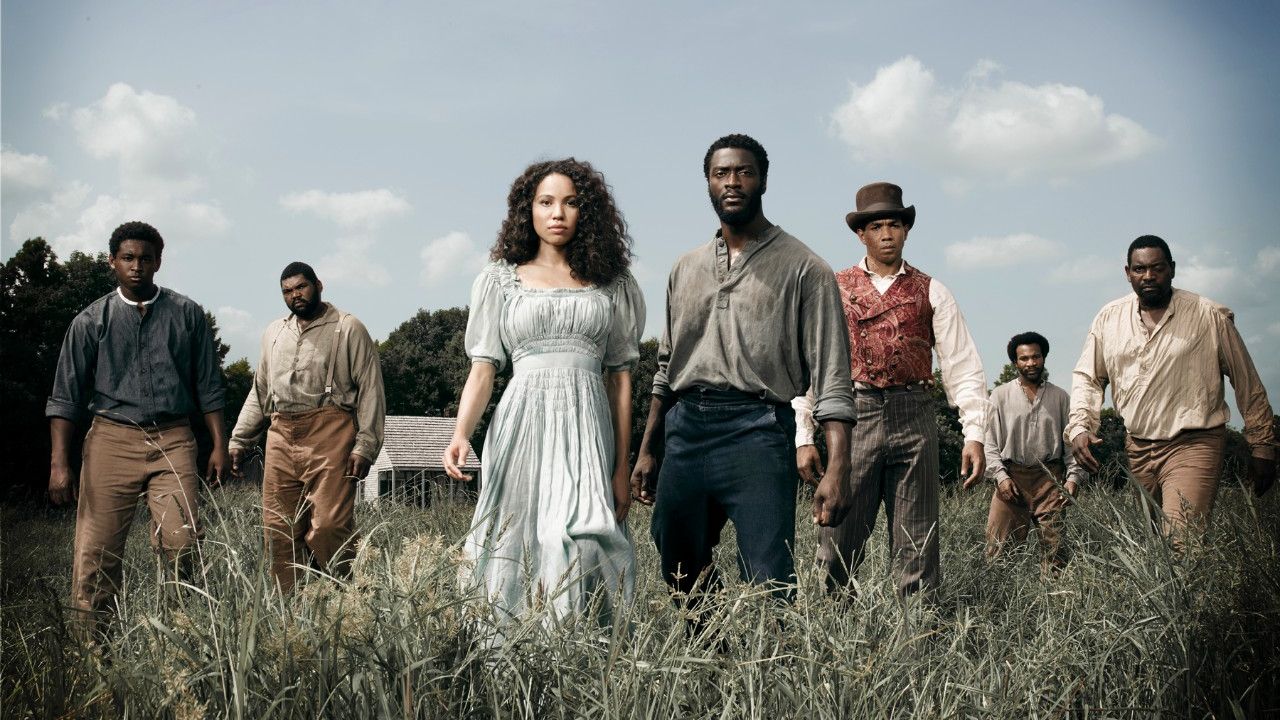 Personally, I’ve always found it puzzling when people denounce slave stories. Though black and brown faces are too often confined solely to films about slavery and enslavement, I still don’t relish the complete eraser of these tales. After all, this pivotal time in history has shaped not only our people, but our country as well. However, Black people do need to take on these stories ourselves. It should not be left up to the Hollywood establishment to present the history of our people on screen. It’s past time for us to take the reigns. With Nate Parker’s unprecedented success with his film “Birth Of A Nation” at this year’s Sundance Film Festival, and now with WGN America’s striking television series “Underground”, it seems that we are finally moving in that direction.
Personally, I’ve always found it puzzling when people denounce slave stories. Though black and brown faces are too often confined solely to films about slavery and enslavement, I still don’t relish the complete eraser of these tales. After all, this pivotal time in history has shaped not only our people, but our country as well. However, Black people do need to take on these stories ourselves. It should not be left up to the Hollywood establishment to present the history of our people on screen. It’s past time for us to take the reigns. With Nate Parker’s unprecedented success with his film “Birth Of A Nation” at this year’s Sundance Film Festival, and now with WGN America’s striking television series “Underground”, it seems that we are finally moving in that direction.
